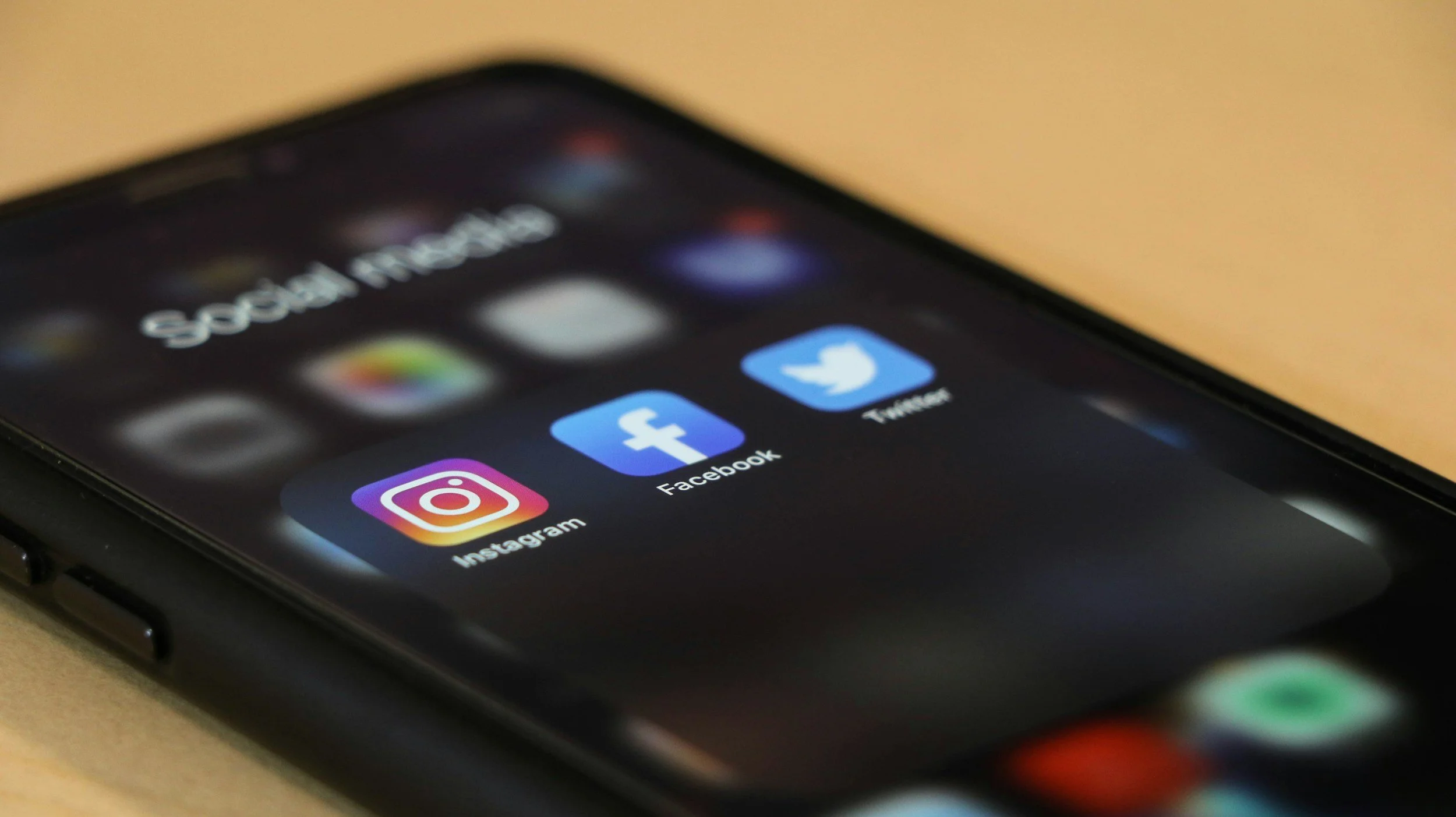Everything You Need To Know About Livestreaming an Event
Hosting a live streamed event in Washington DC can elevate your audience engagement and extend your message far beyond the event space. But it’s also one of the most challenging components of event production. With countless variables at play, some beyond your control, live streaming requires careful planning and skilled professionals to ensure success.
From internet connectivity issues to platform restrictions, here’s everything you need to know to make live streaming your event a success.
The Challenges of Live Streaming
Live streaming is unpredictable. From internet outages to unexpected audio interferences, things can (and often do) go wrong. For example, in Washington, DC, a motorcade passing by could disrupt the wireless signal. Even seasoned professionals face challenges—just look at the 2024 BET Awards when audio cut out during Usher’s Lifetime Achievement Award speech, an embarrassing moment for everyone involved.
The key to overcoming these challenges is having a skilled technical team on-site. They can troubleshoot issues in real time, ensuring the live stream remains as flawless as possible.
Internet Connection: The Foundation of Live Streaming
One of the most critical factors for a successful live stream is a reliable internet connection. Avoid relying on Wi-Fi, especially public networks. Instead, insist on a dedicated hardline connection from your venue.
Why Hardwired Internet?
Wi-Fi Risks: Wi-Fi connections are prone to interruptions from devices, interference, or even physical disruptions like someone bumping the router.
Bandwidth Needs: A stable connection ensures your video quality remains consistent, avoiding the dreaded pixelation or buffering mid-stream.
The Cost of a Dedicated Hardline
Many hotels and venues recognize the importance of a dedicated hardline and exploit this knowledge to charge exorbitant fees. It’s not uncommon to see venues charge thousands of dollars for minimal internet speeds. For example:
A venue may charge $6,000 for just 4 Mbps of dedicated internet, even though many home internet plans offer speeds of 1,000 Mbps for less than $100 per month.
These costs often feel laughable, but venues know that live streaming events can’t risk unreliable connections and capitalize on this dependency. Here’s how to navigate this challenge:
Negotiate: Always try to negotiate the price if the venue’s fees seem unreasonable.
Confirm Speeds: Ensure the speed you’re paying for meets your event’s needs (e.g., 15 Mbps for 1080p live streaming).
Leverage Existing Connections: Off the record, some venues forget to disconnect hardlines from previous events. In rare cases, you may find a working connection already set up. However, relying on this is risky and not recommended unless confirmed by your tech team.
In today’s market, venues often provide more speed than advertised. For instance, paying for 15 Mbps might actually deliver 50 Mbps, but it’s critical to discuss these details well ahead of your event.
The Right Resolution for Live Streaming
While 4K might seem appealing, most audiences can’t distinguish between 4K and 1080p on live streams viewed on phones or laptops. Stick to 1080p for the live stream to:
Reduce bandwidth demands.
Keep costs down.
Avoid unnecessary complications with equipment and settings.
Capture the event in 4K for post-event edits and promotional material instead.
Platform Preparation: Avoid Last-Minute Surprises
Each streaming platform—whether it’s YouTube, Facebook, or X (formerly Twitter)—has unique requirements. Some may require advance permissions or a specific number of followers before enabling live streaming. Ensure your tech team has:
Access to accounts: Provide login credentials well in advance.
Familiarity with platform requirements: Different platforms have varying rules for video quality, bitrate, and scheduling.
Multi-Platform Streaming
Streaming to multiple platforms increases reach but also complexity. Use dedicated software to stream simultaneously and ensure additional staff monitor each platform for potential issues.
Pre-Recorded vs. Live
For critical events, consider a "look-live" strategy. Pre-record the event, then stream it as if it’s live. This approach allows:
Polished editing.
Controlled audio and video quality.
Elimination of on-the-fly errors.
If going fully live, consider starting with a pre-roll video. A 60-second countdown with promotional materials gives the tech team time to confirm everything is running smoothly before the program begins.
Best Practices for a Flawless Live Stream
Test, Test, Test
Conduct multiple tests of your internet connection, equipment, and platform setup before the event.Use a Pre-Roll
Begin with a professional introduction or countdown, ensuring the stream is running at peak quality before the audience joins.Assign Dedicated Roles
Have professionals managing:Cameras
Sound
The live stream platform
Internet monitoring
Backup Plan
Always have a backup internet solution and additional hardware on hand to mitigate unexpected failures.Polished Post-Event Content
After the event, upload a polished version of the stream for on-demand viewing. This gives you the chance to refine any imperfections.
Live streaming is an incredibly powerful tool for expanding the reach of your event, but it comes with unique challenges. By planning ahead, working with experienced professionals, and following these best practices, you can ensure your live stream is a success.
Ready to Go Live?
Contact us today to discuss how we can help you deliver a seamless, professional live streaming experience for your next event.


